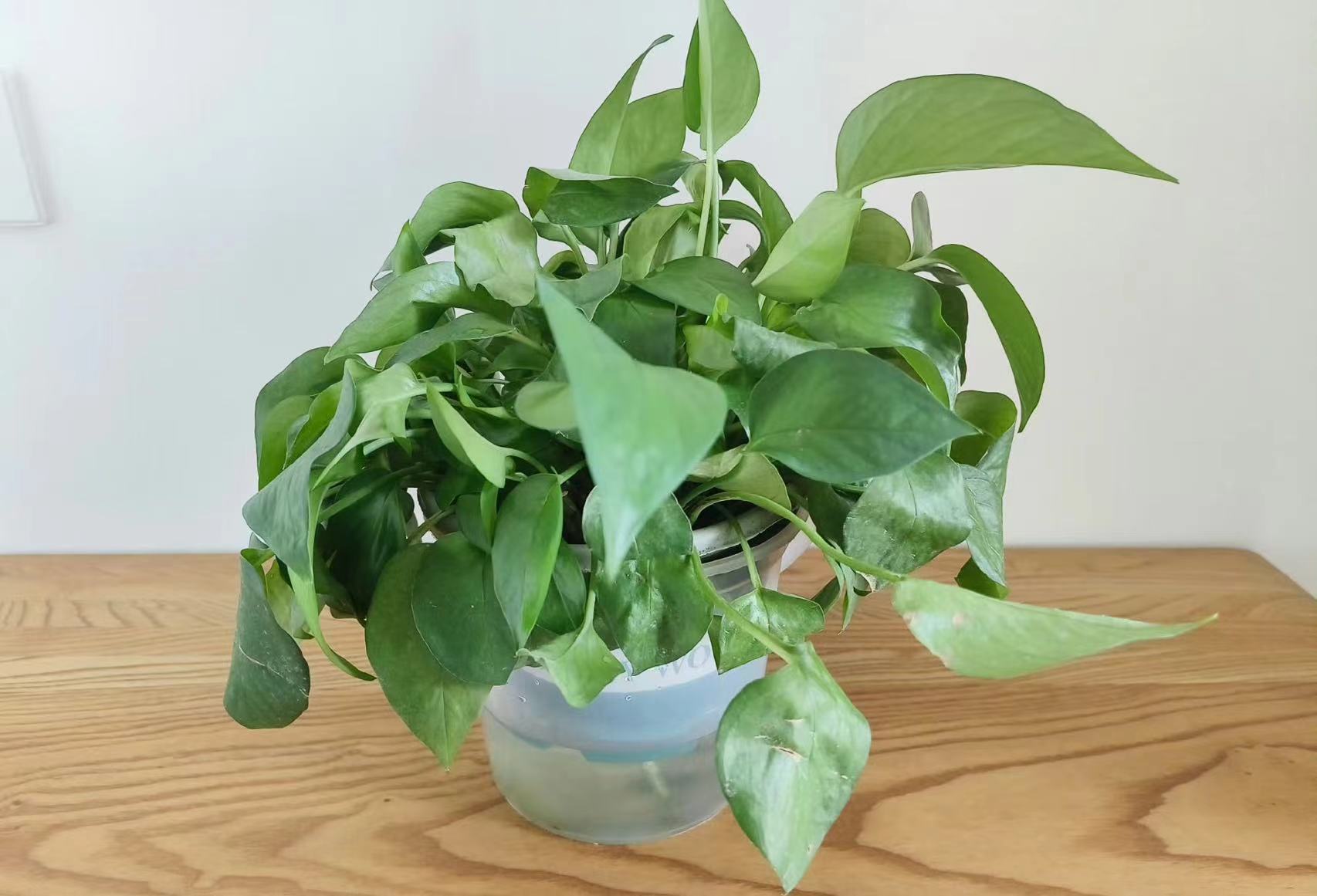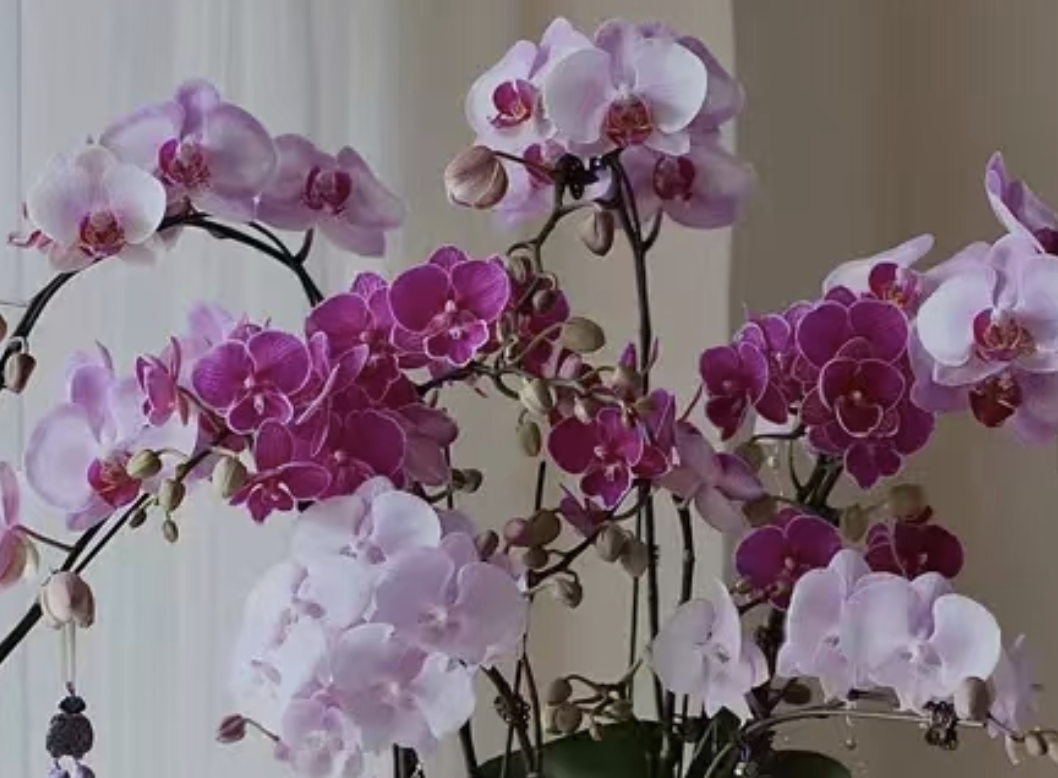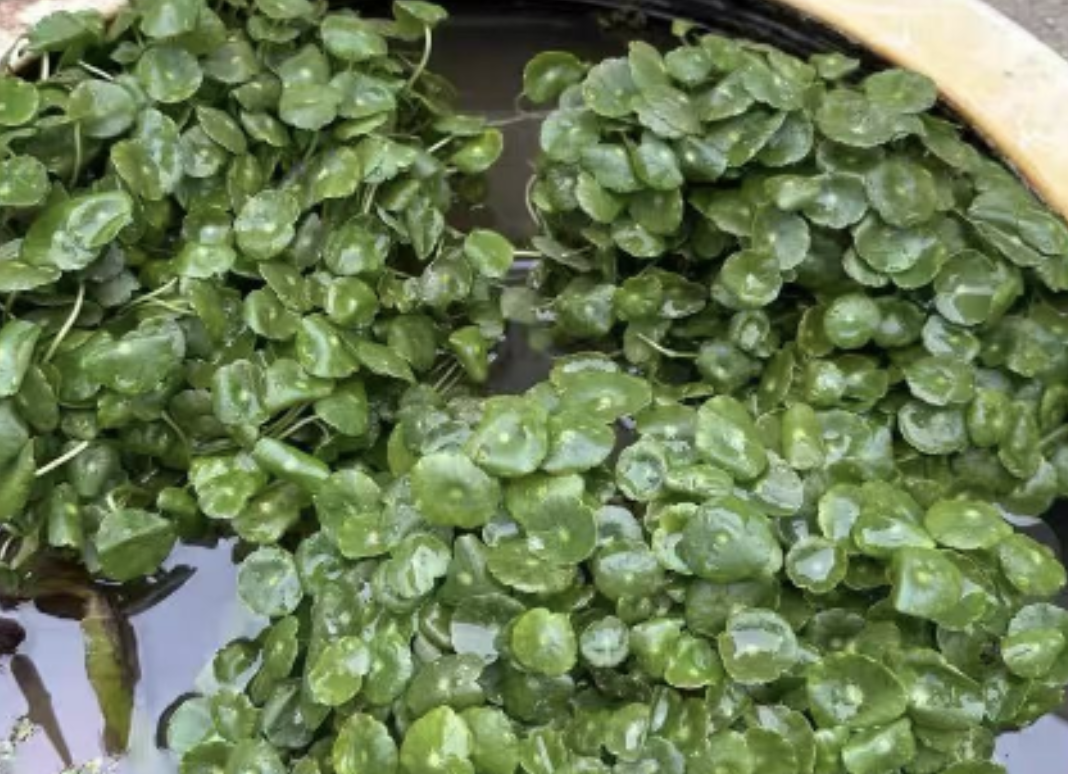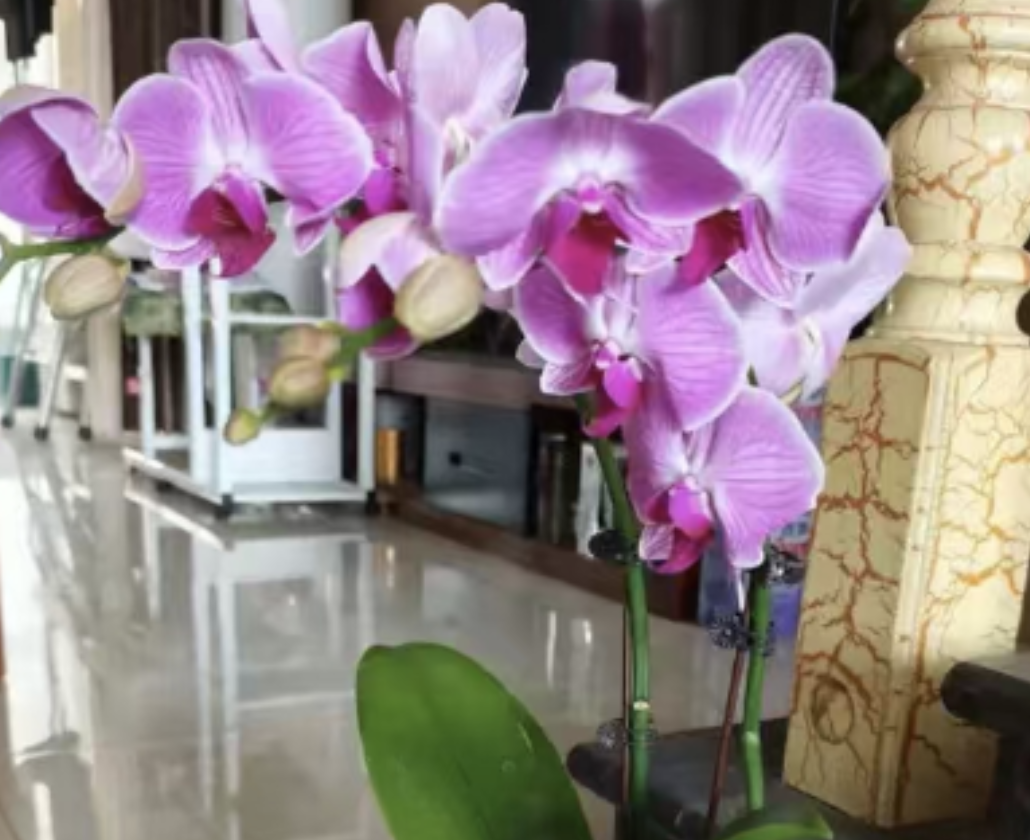Epipremnum aureum is a common and popular indoor green plant, but sometimes problems such as rotten roots and yellow leaves may occur. Here are some solutions:
If you find that the roots of Epipremnum aureum are rotten, first take the plant out of the pot. Carefully remove the soil from the roots and check the condition of the rotten roots. Use sterilized scissors to completely cut off the rotten roots until healthy white tissues are exposed.
For yellow leaves, handle them according to the specific situation. If the yellow leaves are caused by excessive watering, reduce the frequency of watering and allow the soil to dry appropriately. If it is caused by excessive light, move Epipremnum aureum to a place with sufficient scattered light and avoid direct sunlight.
After dealing with the rotten roots and yellow leaves, it is necessary to disinfect Epipremnum aureum. The roots can be soaked in a diluted carbendazim solution for a period of time to kill possible remaining germs.
When replanting, choose a new and suitable soil. The soil should be loose, breathable and well-drained. It can be mixed and prepared with leaf mold, perlite and vermiculite. After planting, do not fertilize temporarily to avoid burdening the fragile roots. Wait until Epipremnum aureum regains vitality and new leaves grow, then fertilize appropriately.
In the subsequent maintenance, pay attention to watering reasonably. Follow the principle of "water when the soil surface is dry, and water thoroughly". At the same time, maintain a good ventilation environment, which helps the evaporation of water in the soil and reduces the possibility of water accumulation at the roots.
In addition, regularly prune yellow leaves and overly long branches, which can not only keep the plant beautiful but also promote new growth. If the branches and leaves of Epipremnum aureum are too dense or too long, the overly long vines can be truncated. Choose an appropriate position, usually about 1 centimeter above the node, and cut it off with a sharp and sterilized scissors. This can promote the growth of lateral buds and make the plant fuller.
For situations with yellow leaves, dead leaves or diseased leaves, these leaves should be cut off in time. Remove them from the base of the petiole to avoid the spread of diseases and the impact on the beauty of the plant. If the plant shape of Epipremnum aureum is scattered and not beautiful, some disordered branches can be sorted out and pruned to make the overall shape more orderly.
If you want to propagate new Epipremnum aureum plants, you can also cuttings by cutting branches with aerial roots. Each branch segment retains 1 - 2 nodes and insert them into moist soil. Soon, they can take root and sprout. After pruning, pay attention to placing Epipremnum aureum in a suitable environment, avoiding direct sunlight and excessive watering to promote the healing of wounds and the growth of new branches and leaves.
In conclusion, the pruning of Epipremnum aureum should be carried out according to the growth condition of the plant and your needs. Appropriate pruning can make Epipremnum aureum healthier and more beautiful.
What should we do if the roots of Epipremnum aureum rot and its leaves turn yellow?

Share with
Tagged in :




Leave a Reply